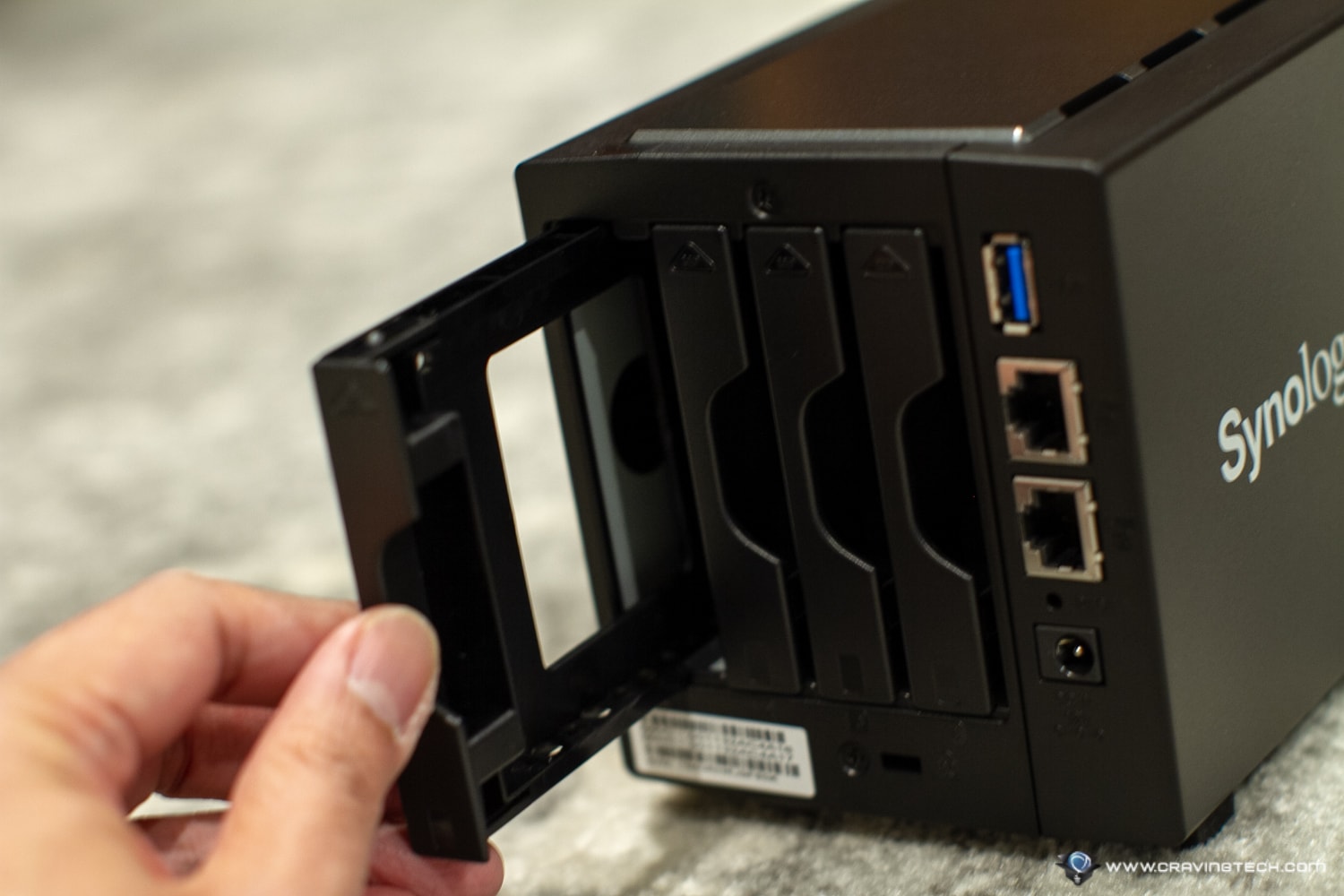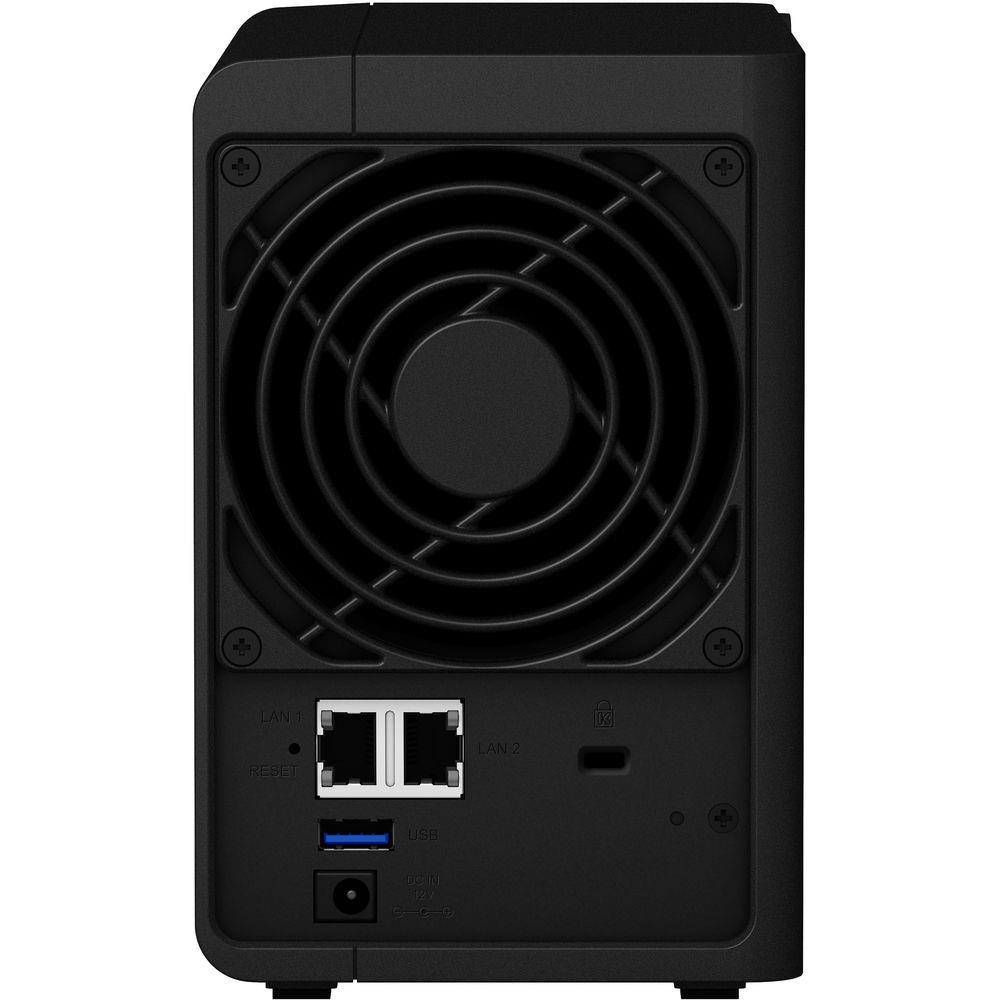

A web based application is also available for recovery, although reports indicate that it may only be possible to recover one file at a time. The security of data being transmitted and stored on C2 can be ensured with the support of our rigorous encryption technologies.Ī few important features of C2 backup are client-side encryption (your data is encrypted as it’s uploaded), hourly backups and backup rotations.Ĭ2 offers data recovery through Synology’s Hyper Backup application – however, this requires a functioning Synology NAS, which you may no longer have after a disaster. Its data center is located in Frankfurt and meets the high privacy standards required by EU regulations. Synology C2 is designed to offer the most integrated and cost-effective cloud backup solution for your Synology NAS. Here is how Synology describes C2 cloud backup: Here is a complete tutorial for setting up Synology C2 cloud backup. Synology C2 cloud backup is built into Synology’s DiskStation management platform, so it is very easy to setup using Synology’s Hyper Backup application (which you likely already use for local backups). Second, I don’t trust any of them to be as compatible or reliable with Synology’s own built-in cloud backup C2, or Amazon Web Services. I only briefly reviewed these services for two reasons: First, once you get into the several-terabyte-level of storage space required, most of these services cost substantially more than Synology C2 or Amazon Glacier. In addition, DiskStation also supports a number of third-party headless backup applications for the following services:

Synology DiskStation Manager includes built-in support for headless backup from both Amazon S3 Glacier and Synology C2 (and Backblaze B2 can be added as well). While the selection is much more restricted, Synology does offer a number of supported headless NAS backup applications. In my opinion, this is a much more reliable option and drastically simplifies network backups. Since I was looking for a new cloud backup solution anyway, I wanted one that did not rely on a separate computer and could run headless, directly from the NAS itself. While I was generally happy with the SOS backup app, it was always an annoyance that I had to keep my desktop computer running simply to run a cloud backup on my Synology NAS, which is already always running and has its own built-in operating system and suite of applications: DiskStation Manager. However, since SOS canceled unlimited backup and the pricing became unreasonable, I was forced to find an alternative solution. Up until recently, I used SOS Online Backup to backup my Synology NAS to the cloud. Now, most cloud backup plans seem to top out around 1TB before substantial fees are added for additional space.įurther, most of these applications are designed to backup individual computers (and many are not even compatible with network storage), and they must be run from an application on a specific computer (the head). Up until recently, there were many unlimited cloud backup solutions available. In my case, I have roughly 5 TB of data that is growing by nearly another TB every year (no matter how hard I try to delete my sh!t and unused files). Most creative professionals have data backup requirements that far exceed consumer-level users (and most businesses as well).

However, in the event of a local disaster at your home or office (fire, flood, theft) you still need an offsite cloud backup.
#SYNOLOGY DRIVE BACKUP SERIES#
Synology drive remote folder is disabled or is non existent.If you’re storing all of your creative industry business data to a Synology NAS, you probably already backup locally to an external drive (or a series of external drives).


 0 kommentar(er)
0 kommentar(er)
